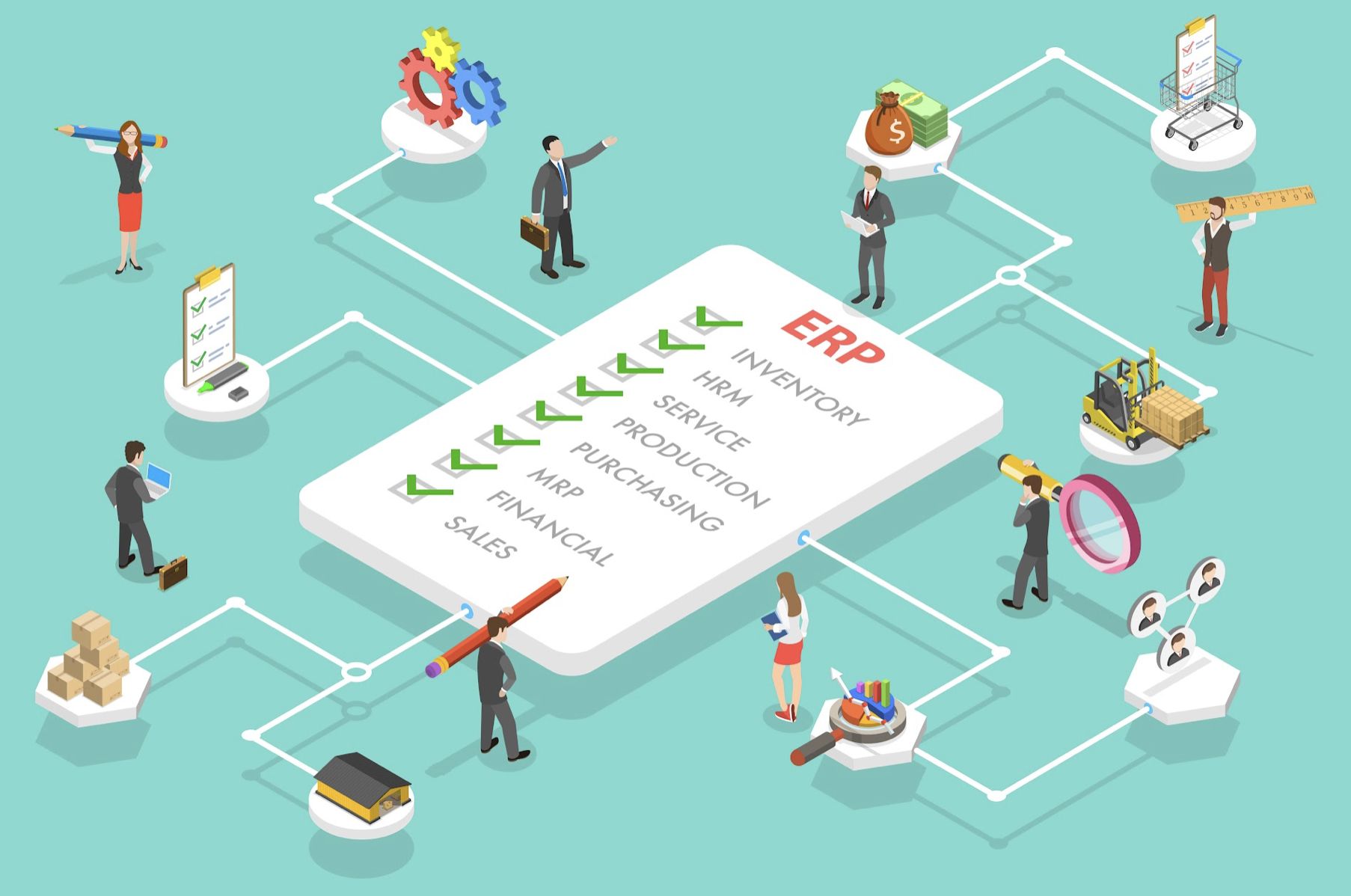7 Key Practices To Optimize Your Enterprise Resource Planning (ERP) System
Enterprise Resource Planning (ERP) systems are essential for businesses that want to streamline their operations and improve their bottom line. However, ERPs are complex systems that can be challenging to implement and maintain. That’s why it’s essential to follow best practices when optimizing your ERP system. Here are seven of the critical practices to help you get started.

-
Hire A Managed Service Provider
If you are using an Enterprise Resource Planning (ERP) system in your business, you want to ensure that it is optimized for peak performance. One fundamental way to do this is to hire a Managed Service Provider (MSP).
An MSP can provide comprehensive support for your ERP system, including monitoring, maintenance, and upgrades. They can also help troubleshoot any issues that arise. In addition, an MSP like https://www.kearnstechnology.com/ can offer valuable insights into how your ERP system is being used and recommend improvements.
An MSP can also provide on-demand access to skilled resources when needed, which can be a significant benefit if you don’t have in-house staff with expertise in ERP systems. If you’re in the manufacturing industry, you can also click here for manufacturing ERP solutions.
-
Streamline Data Processes
One of the most important things you can do is ensure that all your data is entered correctly into the system. This may seem like a no-brainer, but it’s amazing how often businesses fail to do this correctly.
As a result, their ERP system isn’t nearly as effective as it could be. You should also map out your data processes to see where there might be bottlenecks or inefficient steps. Once you’ve done this, you can work on streamlining these processes to make your ERP system even more efficient.
Finally, remember to keep your data organized and up-to-date. This will help you avoid unnecessary headaches and keep your business running smoothly.
-
Perform Regular System Maintenance
Like your computer, your Enterprise Resource Planning (ERP) system needs regular maintenance. Whether you have an on-premise or cloud-based system, regular system maintenance is essential to keeping your ERP running smoothly. Here are some essential practices to keep in mind when performing regular system maintenance.
- Schedule Downtime For Maintenance: Downtime is inevitable when performing any system maintenance. However, scheduling this downtime in advance is essential, so it doesn’t disrupt business operations.
- Back Up Your Data: Before you start any maintenance, it is crucial to back up your data. This will ensure that you don’t lose any critical information in a power outage or other issues that may arise.
- Perform Regular Security Updates: Cybersecurity is more critical than ever in today’s world. When performing routine system maintenance, be sure to install any security updates that the software vendor releases.
By following these essential practices, you can help ensure that your ERP system stays up and running smoothly.
-
Utilize Business Intelligence Tools
Utilizing business intelligence tools is one of the fundamental practices you can do to optimize your Enterprise Resource Planning (ERP) system. Business Intelligence (BI) tools help you collect data from various sources, analyze it, and then make better-informed decisions about your business.
For example, you can use business intelligence tools to track sales data, inventory levels, customer behavior, and more. Understanding this data can improve your ERP system to improve efficiency and profitability.
Additionally, business intelligence tools can help you identify trends and patterns that may not immediately appear. By leveraging the power of BI, you can take your ERP system to the next level and realize even more significant benefits for your business.
-
Implement Automation And Workflow Solutions
Another way to optimize your ERP system is to implement automation and workflow solutions. Automation can help streamline processes within the system, while workflow solutions can help manage tasks between departments more efficiently.
For instance, a workflow solution could automate entering purchase order information into the system. Similarly, an automation solution could create notifications when inventory levels reach critical points or customer orders are delayed.
-
Invest In Security Protocols
Security protocols are essential to any Enterprise Resource Planning (ERP) system. Without these, your data can be vulnerable to cyber-attacks and malicious individuals. Fortunately, there are numerous security protocols that you can implement to protect your ERP system.
These include two-factor authentication, encryption protocols, firewalls, access controls, and more. Investing in these measures will help ensure your ERP system is secure from potential threats and keep your business operations running smoothly.
-
Implement Continuous Improvement Strategies
Finally, it is crucial to implement continuous improvement strategies for your Enterprise Resource Planning (ERP) system. This means regularly reviewing processes and making changes that maximize efficiency and productivity.
It also involves gathering feedback from users to understand how they use the system and what improvements can be made. Embracing a culture of continuous improvement will help ensure that your ERP system is optimized and up to date.
Takeaway
Following these practices can optimize your Enterprise Resource Planning (ERP) system for maximum efficiency and productivity. Optimizing your ERP system should be a top priority regardless of the size of your business. It can help streamline processes, improve decision-making capabilities, and save time and money when done correctly.
